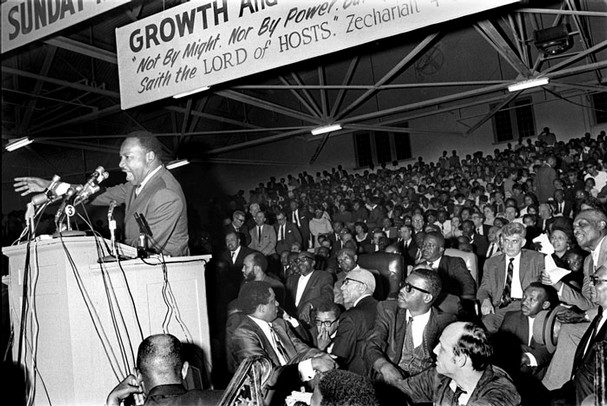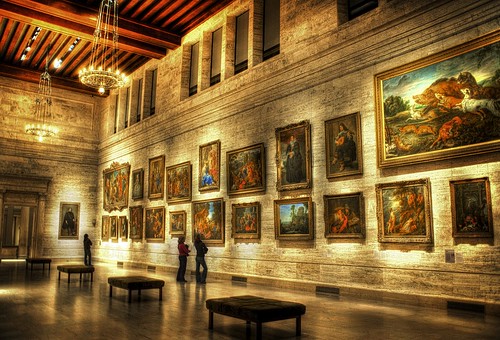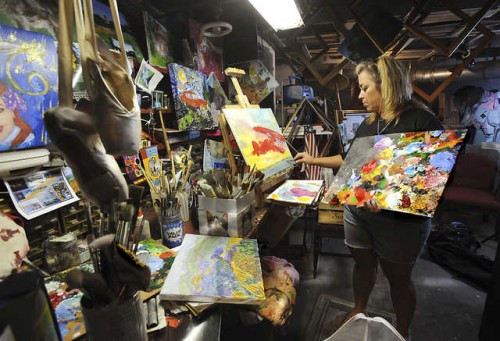Ferguson protesters, who faced down tanks, tear gas and assorted forms of military-grade hardware, tasted what many activists suffered throughout the 1950s and 1960s. As these examples show, the fight to end the criminalization of black protest, and of black people more broadly, lies at the heart of African American freedom struggles then and now.
I'm reminded of what President Obama said recently in an interview with NPR. Essentially, the racism we see so explicitly on social media as part of #blacklivesmatter is not new. Only smartphones and the ability of the oppressed to leverage media channels is new. https://www.youtube.com/watch?v=MNop1dom1m8



 The Huffington Post
The Huffington Post 




